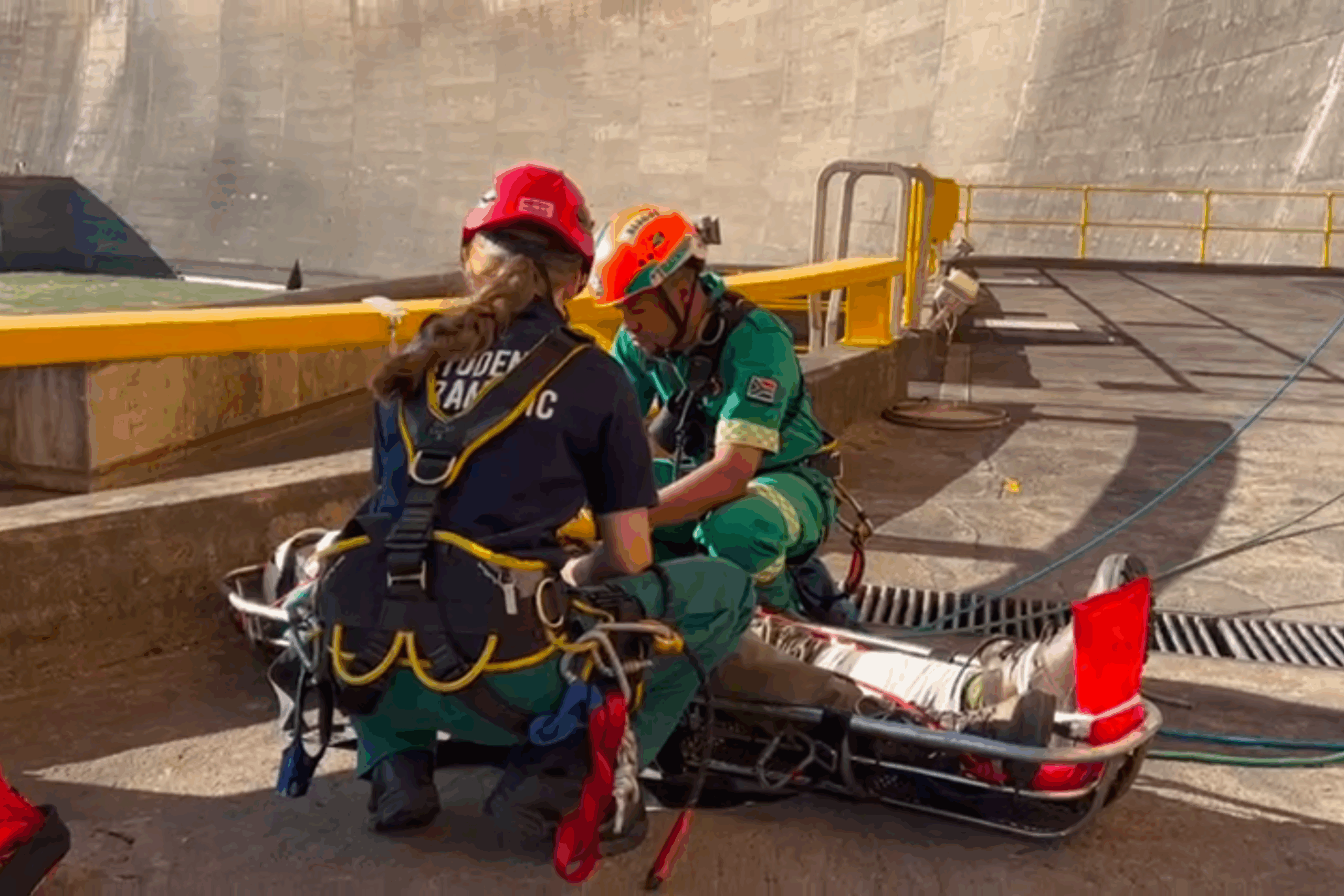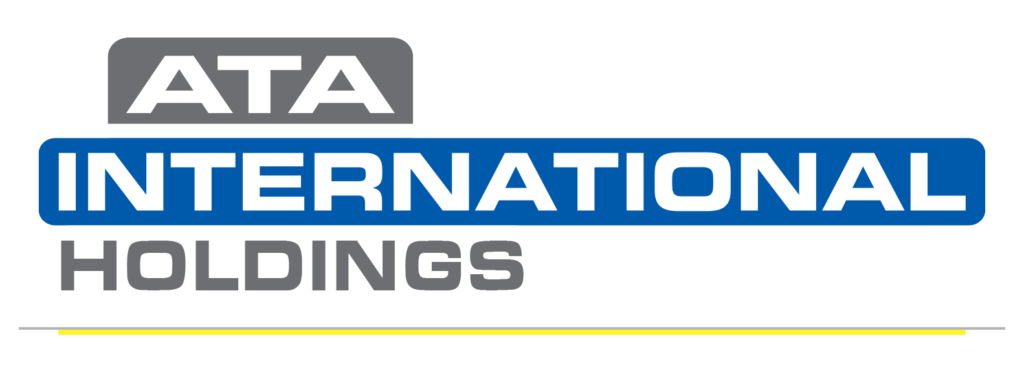Medical equipment is critical to ensuring operational safety on remote project sites in the construction, mining, gas, and oil industries. These sites are often in isolated areas, far away from any medical centers or hospitals, which means that in the case of an emergency, accident, or injury, the remote clinic on-site needs to be equipped with the medical equipment needed to provide practical, proximity, curative and preventative care to employees. Below we unpack the three main categories of medical equipment required to ensure that you meet the requirements and standards for providing an efficient duty of care on your project sites.

Category 1: First Aid Kits and Supplies
First aid kits are vital in assisting medical personnel in handling medical emergencies quickly. These kits are easy to carry and offer medical supplies that will help care for various medical injuries, such as burns, cuts, etc., which are relatively common across remote project sites. When opening a first aid kit, you can expect to find items such as bandages, gauze, adhesive tape, scissors, and tweezers.
With first aid kits being the first point of call, it is essential to consider the kinds of accidents, injuries, and emergencies that may occur on the project sites.
The industry and type of work employees provide will largely dictate what specialist items should be included in the first aid kit. This required the consideration of the kinds of accidents, emergencies, and injuries that could occur on the project site and then the ability to identify the first aid equipment needed. This is an essential process to ensure that your first aid kit includes the correct specialist equipment to provide the proper treatment required and give your employees the best possible care.
In line with the Occupational Health standards and regulations for emergency and medical care, you must ensure that your first aid supplies have not expired, are refilled, and meet the necessary quality standards. By prioritizing this and ensuring due diligence is maintained regarding first aid inventory, you can provide high-quality medical care for your employees.
Category 2: Emergency Medical Equipment
Medical equipment for emergencies includes capital and disposable equipment. This is life-saving equipment that can be used in the case of an accident or emergency, such as AED defibrillators, resuscitation equipment, ventilation equipment, oxygen tanks, and surgical supplies, etc. It also includes equipment used to monitor a patient’s health, which is vital in the case of a severe illness.
Emergency medical equipment is critical, but so is the training needed to utilize and operate this equipment efficiently. Medical personnel must be certified and trained to use this equipment and be confident in their skills to guarantee quality care in life-threatening situations.

Category 3: Rescue Equipment
Rescue equipment consists of various equipment for various rescue scenarios. This includes hardware, harness, rope and web, anchor device system, patient transport, fire water pumps, grinders to open machinery, and auxiliary equipment. This also comprises personal protective equipment for medical and rescue staff, such as helmets, fire suits, breathing apparatus, etc.
Rescue equipment in remote areas where these project sites are based is life-saving. With little access to medical care and equipment, it is vital to have this on hand in the case of a rescue situation. An example of this is a fire breaking out underground in a mine. Medical and rescue personnel need the equipment and tools available to assist in saving the lives of employees.
Training is therefore also necessary. Medical and rescue personnel need to have plans of action in place and know how to use the equipment available to prevent life-threatening consequences and loss of life in these situations.
How do you ensure that you have the proper medical equipment on-site?
From the above, it is clear that medical equipment plays an essential role in fulfilling your duty of care as an employer, but knowing what medical equipment is required can become quite complex. Complete healthcare management solutions, like the ones provided by ATA International, are essential for providing organizations with the occupational health and emergency medical services and equipment necessary to ensure duty of care.
As part of this solution, risk assessments and audits are conducted. From there, detailed health management strategies and plans are designed and implemented. It is important to note that these plans will identify the risks associated with the work being conducted and the environmental or location-based elements that could affect employees’ medical health. or safety.
With this insight and years of industry experience, ATA International will identify the types of medical and emergency equipment needed across the three categories mentioned above. Over and above this, they focus on equipping medical personnel with the training and skills necessary to utilise this equipment in the best way possible.
Conclusion
Investing in the correct medical equipment can significantly impact the overall ability to provide quality healthcare to your employees working on remote product sites. This kind of equipment is often life-saving and will enable you as an employer to offer and meet the requirements for duty of care. Knowing what medical equipment is necessary on your product site is a complex challenge that requires industry experience and specific expertise. This is where ATA International’s complete healthcare management solution comes in.
For more information on how ATA International can assist in ensuring you have the right equipment on site, that your medical personnel are trained to use the equipment effectively, and that you meet the standards and regulations for occupational health, contact us today.







